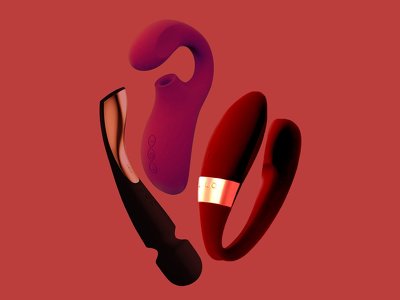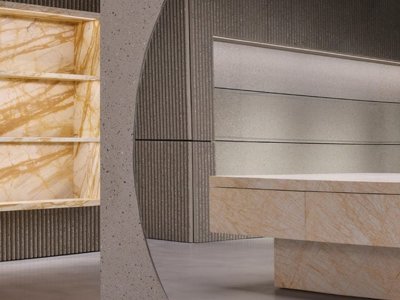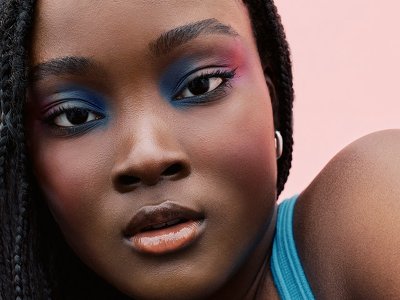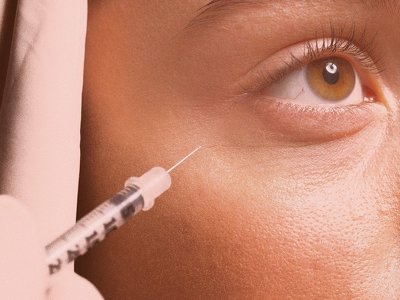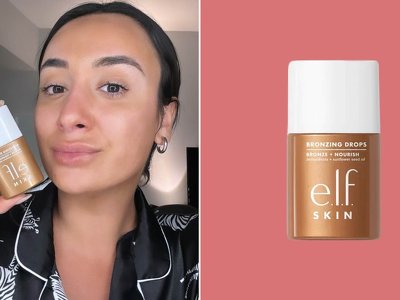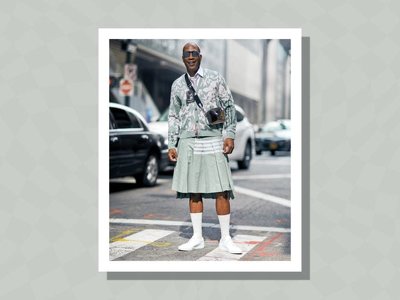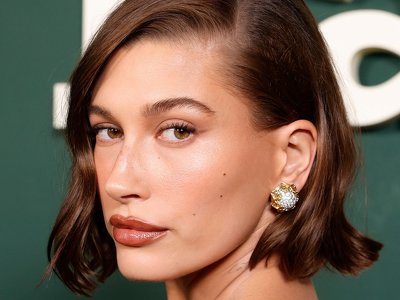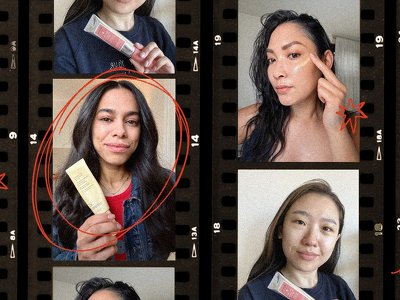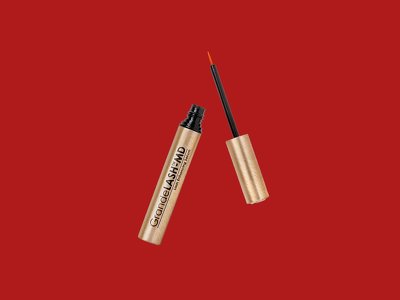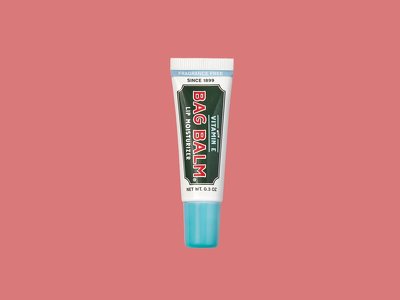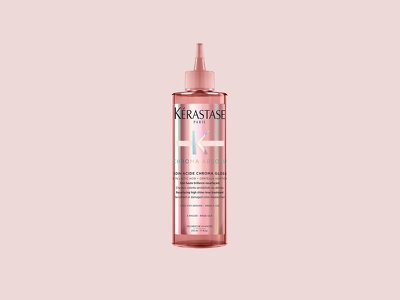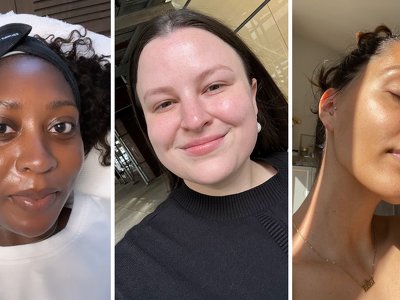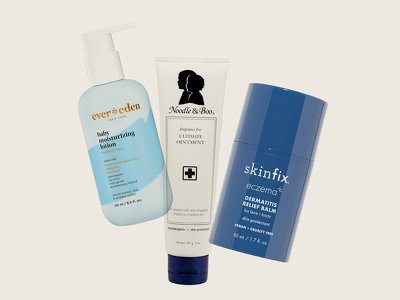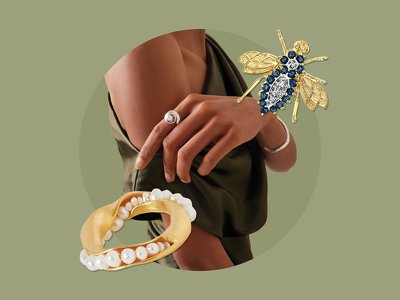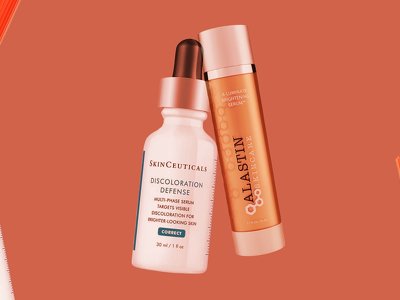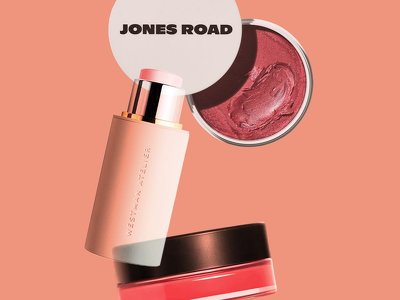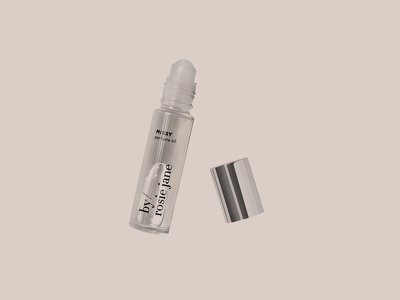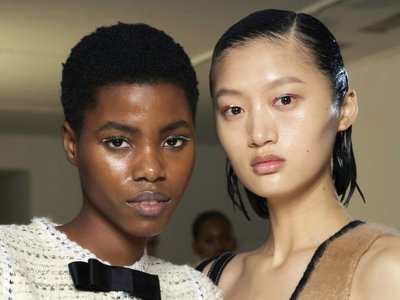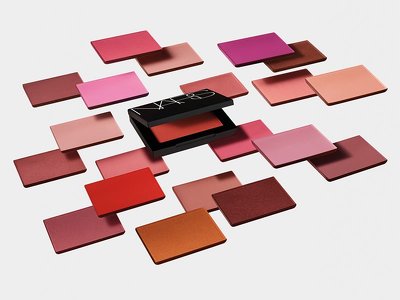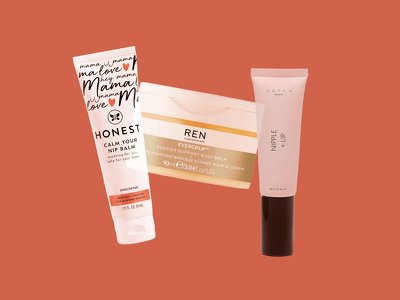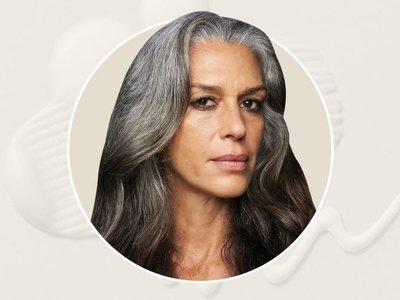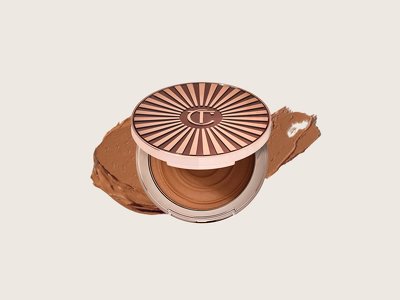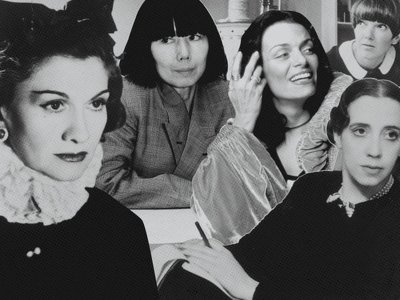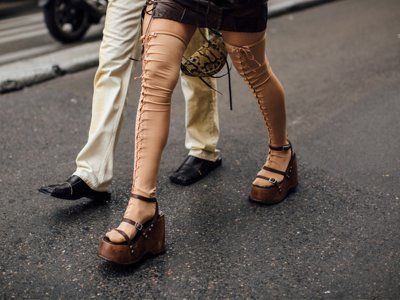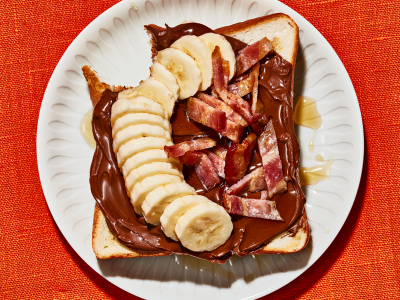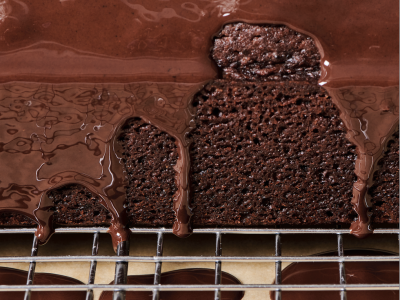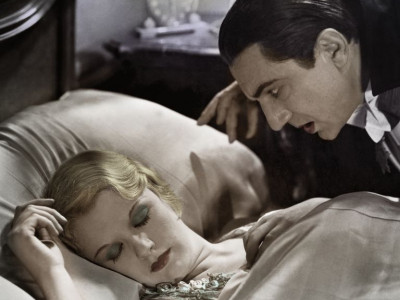The "Glow-Up" Facelift Is Real

Nose jobs, breast augmentations, liposuction—plenty of plastic surgery procedures exist purely to enhance the human form. Often the objective is not to reconstruct or crank back the clock, but simply to beautify by amending the raw materials. Then there’s the facelift, which has been forever and firmly regarded as a rejuvenation operation—a sort of last resort, reserved for those struggling to identify with aging reflections. But lately, with celebrity glow-ups spurring constant speculation and the virtues of the deep plane facelift going viral, some surgeons are reporting a shift in the way the public views the veteran procedure. For a new wave of patients, the goal of a facelift is not to reclaim a former face, but to design a face that’s more beautiful than any previous iteration. Beyond merely repositioning tissues, this version of the facelift fine-tunes features, creates symmetry where it’s lacking, and softens transitions (from chin to jaw, for example) to enhance proportion and shape.
It’s a concept that resonates across generations, whetting appetites and driving demand. “There’s so much more excitement around the facelift than there was even five years ago,” says David Rosenberg, MD, a double board-certified facial plastic surgeon in New York City. “The popularity of the operation has exploded.” Helping to boost its image is “a subset of surgeons who are taking patients to new aesthetic heights,” he says. “Their work is being posted—people are seeing it and sharing it—and the facelift, which was once a very private act, is now being celebrated.” Circulating with similar fervor is “this idea that I can go and get a facelift and be prettier than I ever was,” says Dr. Rosenberg. “It’s a total turning point.”
Since “beautification facelift” isn’t exactly a textbook term, every surgeon has a different take on it. And the line between rejuvenation and beautification can be a bit blurry, given that the former often contributes to the latter. But Ariel Rad, MD, PhD, a board-certified plastic surgeon in Washington, DC, sees a clear-cut distinction: “A traditional facelift aims to restore what has faded through time while a beautification facelift builds what may have never been there to begin with: sharper angles, better proportions, more facial harmony,” he says. “It isn’t strictly about age—it’s about anatomy and intent.”
“The facelift, which was once a very private act, is now being celebrated.”
That said, the beautification lift is not a preventative procedure. Nor is it a euphemism for the earlier-than-ever facelift. While it is true that people are seeking facelifts at younger ages—roughly one third of facelift patients are between 35 and 55, according to a recent report from the American Academy of Facial Plastic and Reconstructive Surgery—responsible surgeons don’t perform facelifts prophylactically. To get your face in the door, so to speak, you must have something to treat—even if it’s just early laxity, a hint of a jowl, burgeoning neck bands, bothersome nasolabial folds, or a genetically blunted jawline.
But this type of lift is ultimately not about turning back the clock–it’s about slowing it down. Beverly Hills board-certified plastic surgeon Kameron Rezzadeh, MD, links the rise of the beautification facelift to “patients seeing their friends’ results,” he says, and realizing a facelift “can surgically optimize someone to age better.” While there isn’t an age limit on this kind of lift, “in my mind, it pertains to a patient who is usually in their 40s and has early or more advanced signs of aging.” By interrupting the cascade, he says, “we can really impact the architecture of the face and fundamentally alter the way they age for the better.”
Anecdotally, surgeons find that patients who have facelifts earlier in life, when their tissues are robust, often enjoy better, more durable results and a faster recovery than their older counterparts. They seem to age at a slower rate, too (though they might wind up getting another facelift in the future). “But with every patient, we have to be able to say, with tremendous certainty, that we will improve them and make them look natural,” Dr. Rezzadeh says. “We don’t want to be in a situation where they don’t look better, they have permanent scars [usually, hidden around their ears and in their hairline], and they’re living with the results for several decades longer.” In other words: “We can’t just be signing up everyone who comes through the door.”
Dr. Elizabeth Chance's patient before (left) and after an extended deep plane facelift, deep structural neck lift, lateral brow lift, upper eyelid blepharoplasty, lower eyelid skin pinch, and facial fat transfer. Courtesy of Elizabeth Chance, MD
Dr. Chance's patient before (left) and after an extended deep plane facelift, lateral brow lift, deep structural neck lift, and facial fat transfer. Courtesy of Elizabeth Chance, MD
Let’s start with the basics: A facelift classically takes aim at the lower face and neck to deliver, above all, a crisp jawline and smooth, contoured neck while removing excess skin through incisions around the ears. Modern facelift surgeons lift in a mostly vertical direction to counteract the effects of gravity and time. Addressing the upper face requires a separate procedure, a brow lift, which is commonly done alongside a facelift, in order to avoid an aesthetic mismatch. “The brows really complete the full face and neck lift,” explains Mike Roskies, MD, a double board-certified facial plastic surgeon in Toronto, Canada. “Excessive bunching from a well-done face and neck lift is removed by addressing the temple and brow.” Push up on the skin in front of your ears and you’ll see what he means by “bunching.” The brow lift not only resets the upper face, it smooths any facelift-induced rippling at the border between the cheeks and temples.
Some surgeons are now modifying these standard procedures in the name of beautification. On Instagram, Daniel J. Gould, MD, PhD, a board-certified plastic surgeon in Beverly Hills, promotes his Weekend Lift as “a surgery for people in their 40s and even younger, who have heaviness in their neck, heaviness in their brow, and want an early intervention to kind of tweak the way they look,” he says. Since the operation provides “better-looking shape, better-looking definition, a better-looking jawline,” but allows for very little skin removal, “it's facial beautification, not really facial anti-aging,” he notes. Dr. Rosenberg offers his youngest patients (most in their late 30s and early 40s) a mini deep plane facelift, which combines an endoscopic brow lift with a vertical midface lift. (Endoscopic procedures are guided by illuminated cameras, which allow for tiny incisions, usually hidden in the hairline; vertical midface lifts hoist fallen cheeks.) Dr. Rosenberg’s mini lift improves the upper face, the cheeks, and the jowls, but doesn’t fully address the neck, he tells me. In patients with minimal skin laxity aiming for beautification, Dr. Rad will routinely use endoscopic methods to minimize scars.”
“We can surgically optimize someone to age better.”
By adjusting the brow, face, and neck at once, surgeons can “resuspend the muscle and skin in a very natural way,” Dr. Roskies says. But to make someone look not just younger, but more striking, surgeons typically tack on procedures that refine other features during a lift, with every aspect negotiable, customizable. This idea of a beautification bundle, for lack of a better term, may conjure another plastics catchall: the “mommy makeover” with its customary spate of surgeries. And in a similar vein, it probably seems like a lot—and trivial, it is not—but Dr. Roskies assures me that these are not “witness-protection facelifts.” Ideally, patients emerge looking like the most beautiful versions of themselves, not someone else entirely.
Among the individualized add-ons that may come with a beautification lift are an upper and lower blepharoplasty (eyelid lift), which remove slivers of skin from the top lids and bulging fat pads from below to make the eyes look more open and alert. A lateral canthopexy can tilt the outer corners of downturned eyes up slightly. Sometimes “symmetrizing” the eyebrows can be the sort of millimeter-level tweak that makes someone “just look so good,” says Elizabeth Chance, MD, a double board-certified facial plastic surgeon in Charlottesville.
In the interest of balancing a face, surgeons may also raise or lower a hairline (39-year-old Chrissy Teigen recently had hers lowered), or finesse the proportions of other features. If a patient has a long philtrum (that groove below the nose), a conservative lip lift can shorten the space, making a mouth look pert and pretty in an uninjected way. In Dr. Rosenberg’s practice, delicate chin implants (to augment weak or recessed chins) and mini rhinoplasties (which lift droopy nasal tips) are often integral parts of a beautification lift.
So too is judicious fat transfer: By carefully distributing miniscule amounts of fat throughout the face, surgeons can replace lost volume, obscure temple and under-eye hollows, and soften transitions—between the lower lids and the cheeks, say, or the chin and the jawline—lending a more seamless finish to the face. Fat can also provide subtle shape, creating “a robust but not overdone cheek,” says Dr. Rosenberg, that gives someone “a cheek highlight they’ve never had.”
Some surgeons take beautification a step further by altering patients’ bone structure to bolster the contours of the midface, so they better support the overlying soft tissues. As Dr. Rad explains, “A facelift done on an unsupported frame is like a heavy ball gown hung on a thin hanger—it’s destined to slide off,” he says. In select cases, he’ll use implants made of a biocompatible, bone-like material called high-density porous polyethylene to improve the prominence of the lower eye sockets and outer cheekbones. “Better bone structure generally t
- Last
- April, 28
-
- April, 27
-
- April, 26
-
-
- April, 25
-
- April, 22
-
-
-
-
- April, 16
-
-
-
-
-
- April, 15
-
-
-
- April, 13
-
-
News by day
6 of July 2025
